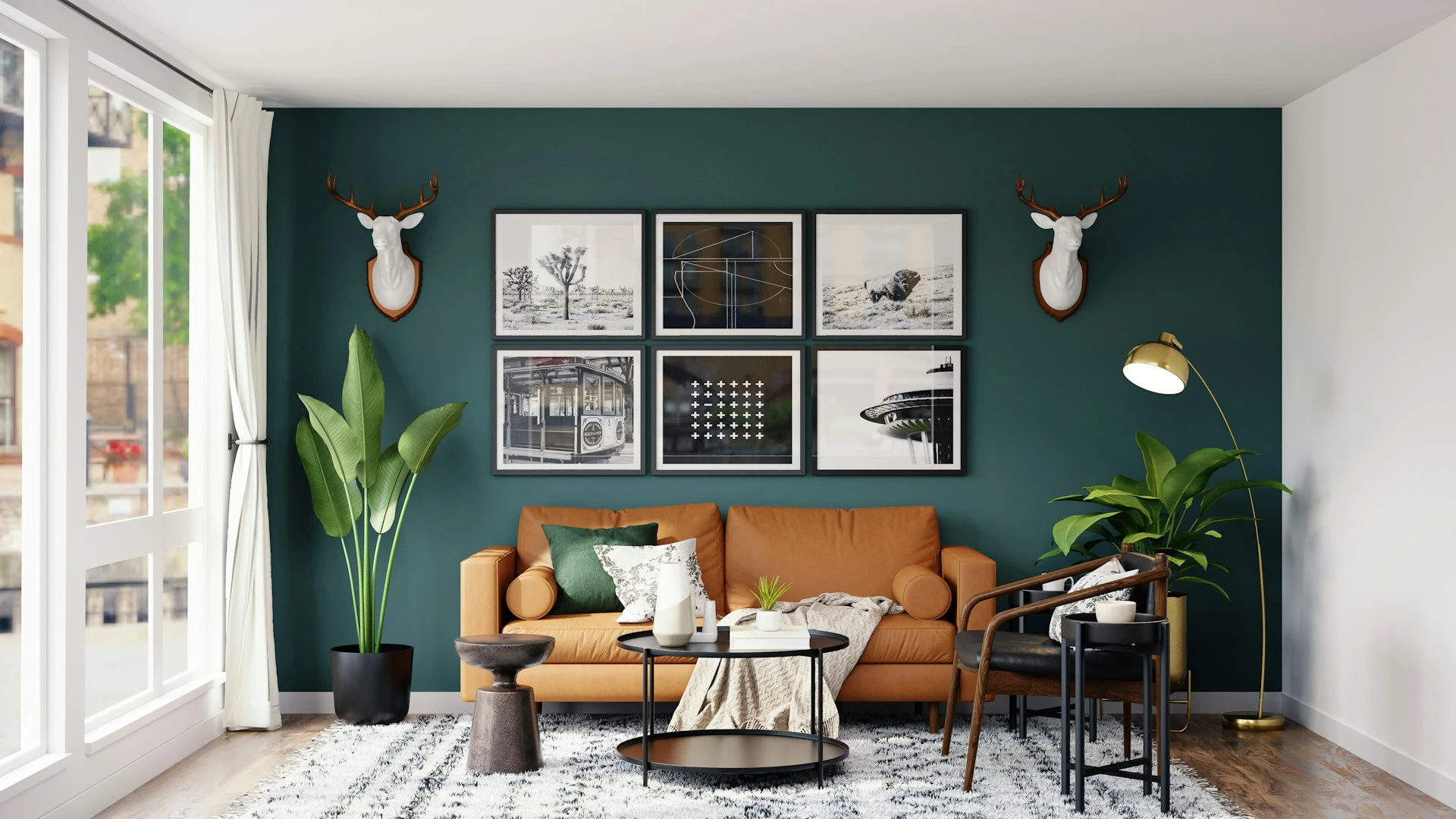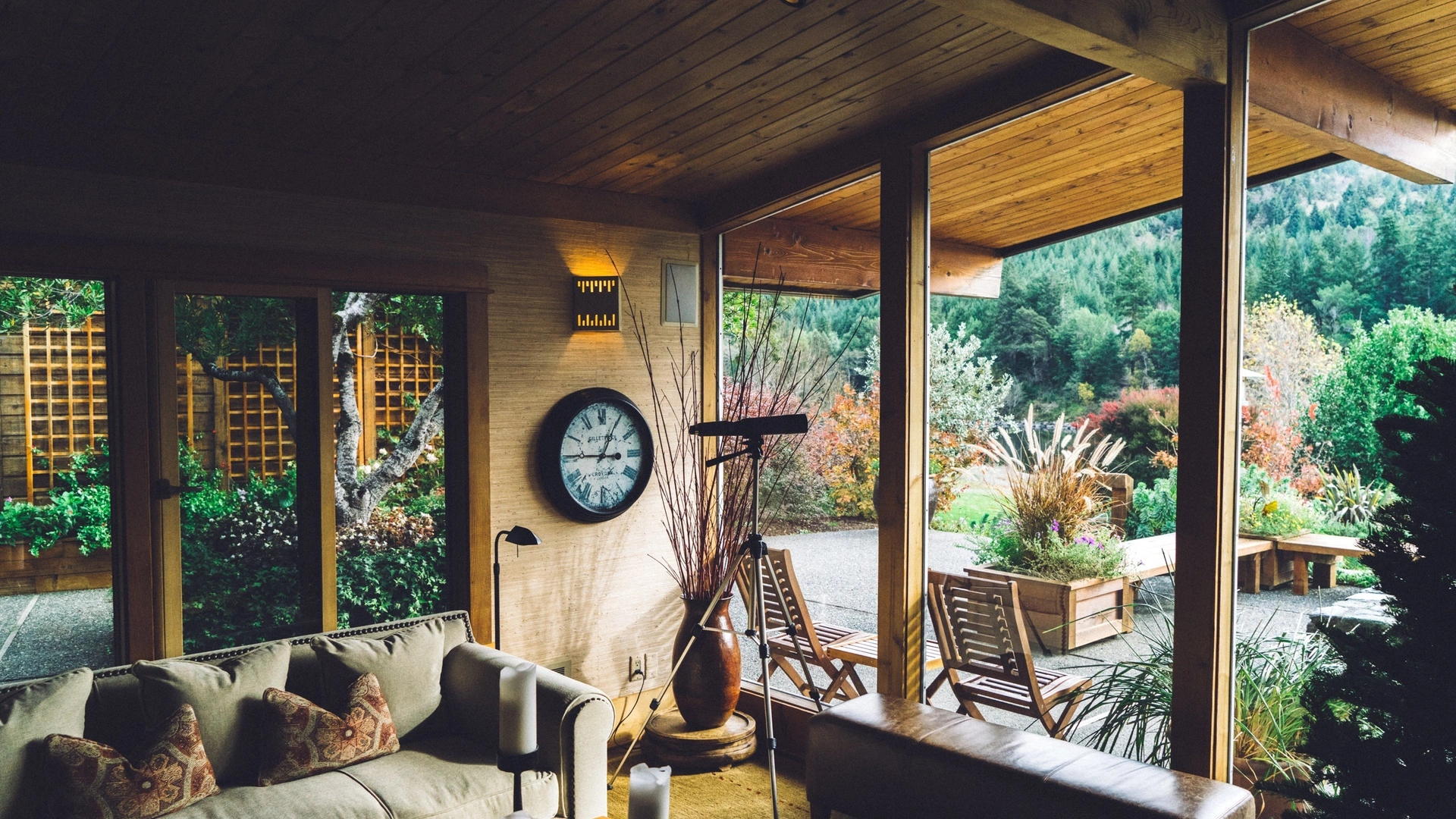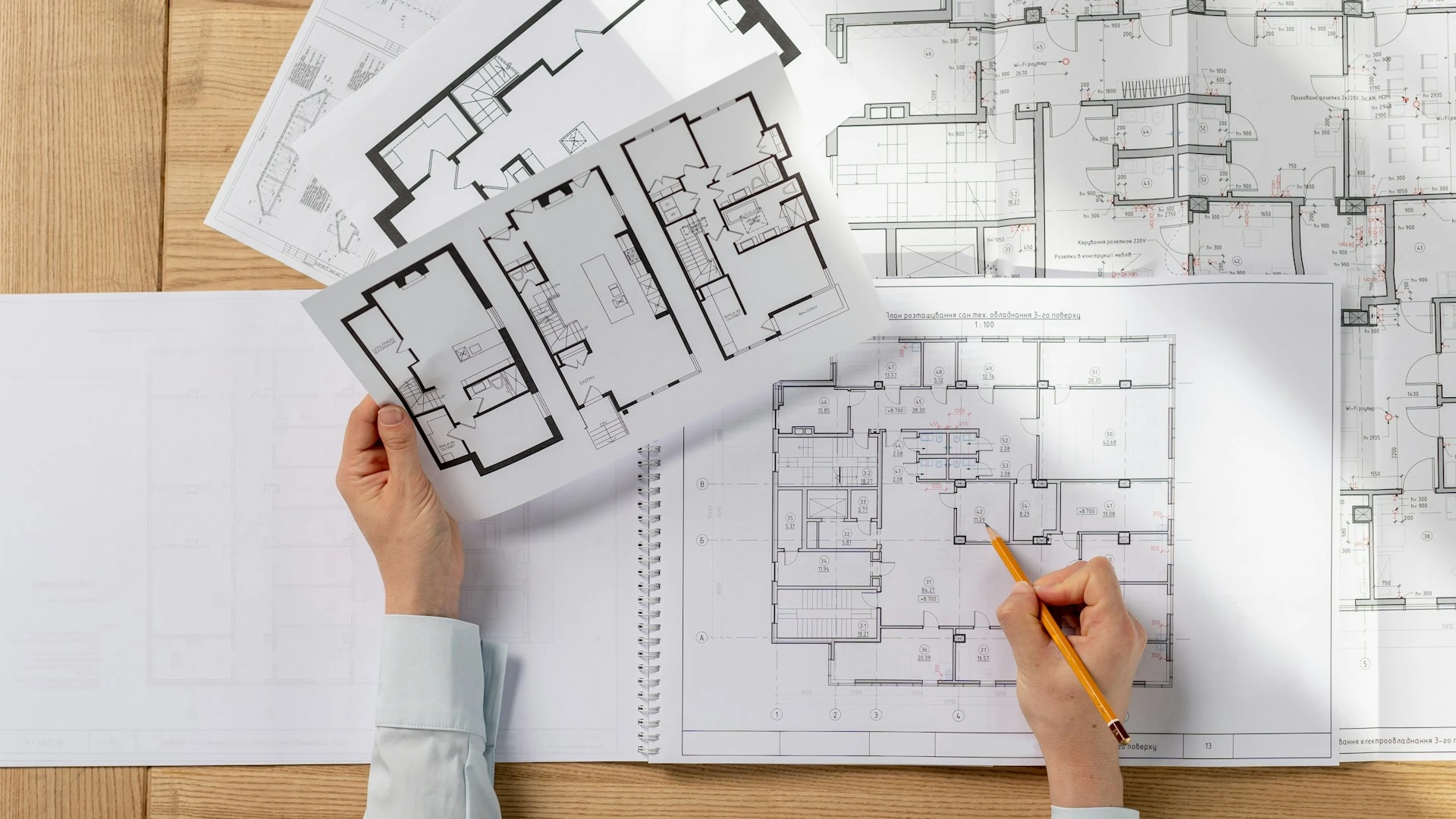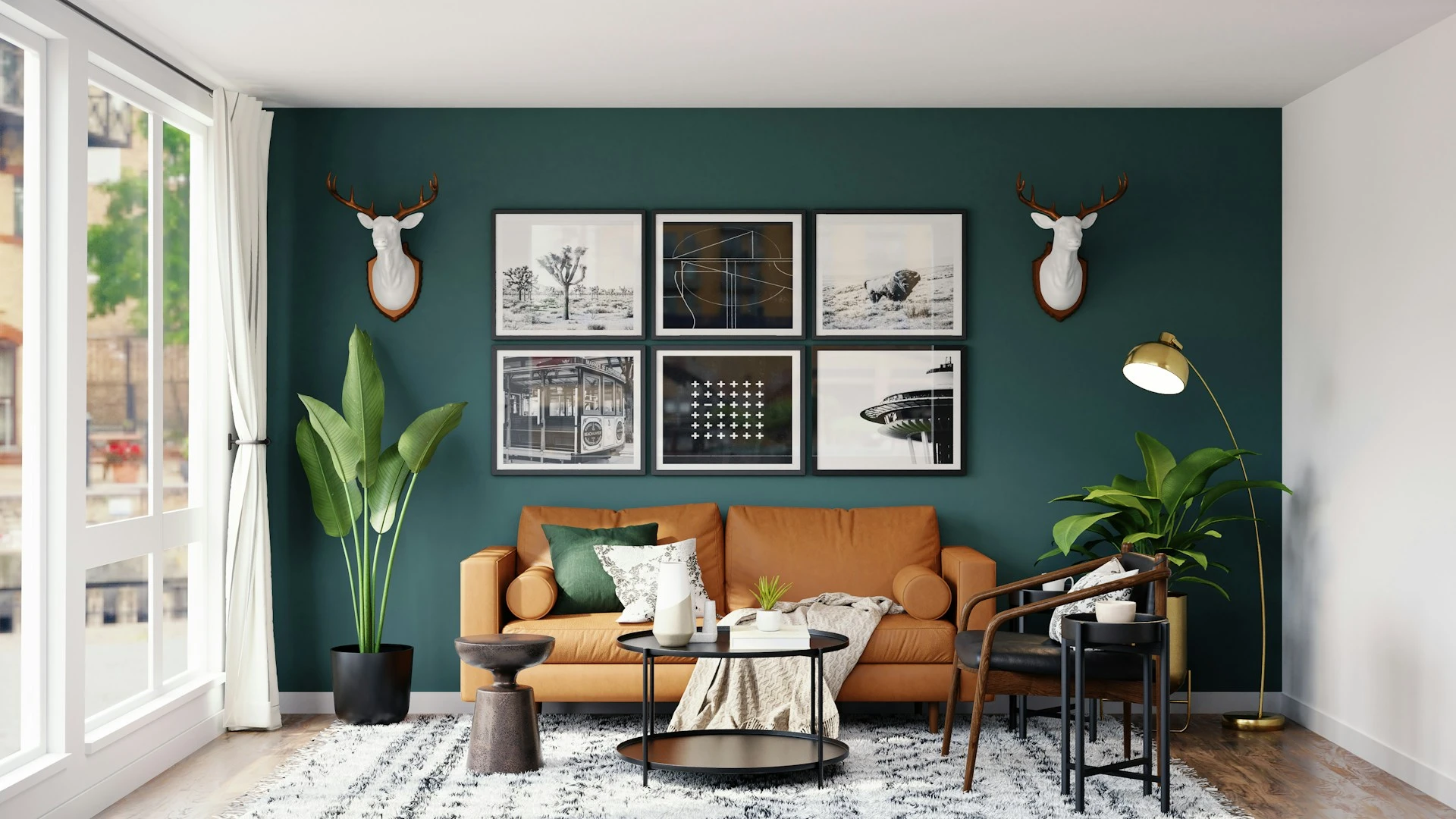
Creating a Harmonious Color Palette: Tips for Choosing the Right Colors for Your Space
July 12, 2024 • Kala Ravi
Colors have a profound impact on our moods and emotions. They energize, soothe, inspire us, and create a sense of peace. Choosing the right color palette for your home is an important step in creating a space that feels both beautiful and harmonious. At ASK Design and Build, we believe your home should be a reflection of you, and the colors you choose play a significant role in setting the tone.
This blog will guide you through the process of selecting a color palette that complements your style and creates a welcoming atmosphere in your home.
Understanding Color Theory: The Building Blocks of Harmony
Before diving into specific color schemes, let's explore some basic color theory concepts.
- Color Wheel: The color wheel is a circular representation of primary, secondary, and tertiary colors. It helps visualize how colors relate to each other.

- Primary Colors: Primary colors (red, yellow, and blue) are the foundation of all other colors.
- Secondary Colors: Secondary colors (orange, green, and violet) are created by mixing primary colors.
- Tertiary Colors: Tertiary colors are created by mixing a primary color with a secondary color.
- Warm vs. Cool Colors: Warm colors (reds, oranges, yellows) evoke feelings of energy, passion, and warmth. Cool colors (blues, greens, violets) create a sense of calmness, serenity, and peace.
Inspiration is Everywhere: Finding Your Perfect Palette
There's inspiration for color palettes all around you! Here are some ways to find the perfect color combination for your space:
- Nature's Palette: Look to nature for inspiration. Tranquil beach scenes, vibrant gardens, or dramatic sunsets can all provide stunning color combinations.

- Artwork and Textiles: Draw inspiration from paintings, tapestries, or rugs you love. The color combinations within these pieces can be a great starting point for your palette.
- Memories and Emotions: Consider the mood you want to create in each room. Do you want a space that feels energizing and creative? Or calming and serene? Colors associated with those feelings can be your guide.
Choosing Your Color Scheme: Popular Options
With a little understanding of color theory and inspiration in hand, you can start exploring different color schemes. Here are a few popular options:
- Monochromatic: This scheme uses different shades, tones, and tints of a single color. It creates a clean, sophisticated look.

- Analogous: This scheme uses colors that sit next to each other on the color wheel. This creates a harmonious and calming effect.
- Complementary: This scheme uses colors that sit opposite each other on the color wheel. It creates a vibrant and dynamic contrast. Use this scheme sparingly to avoid overwhelming the space.

- Triadic: This scheme uses three colors evenly spaced on the color wheel. It creates a visually interesting and stimulating effect.
Tip: When choosing a color scheme, select a dominant color for the majority of the space (walls, furniture), a secondary color for a significant portion (accents), and an accent color for smaller details. This creates a balanced and cohesive look.
The Power of Color Psychology: Choosing Colors for Specific Rooms
Colors have a powerful effect on our moods and emotions. Here are some tips for choosing colors based on the function of a room:
- Living Room: Consider warm and inviting colors like light yellows, oranges, or greens to create a space for social gatherings and relaxation.
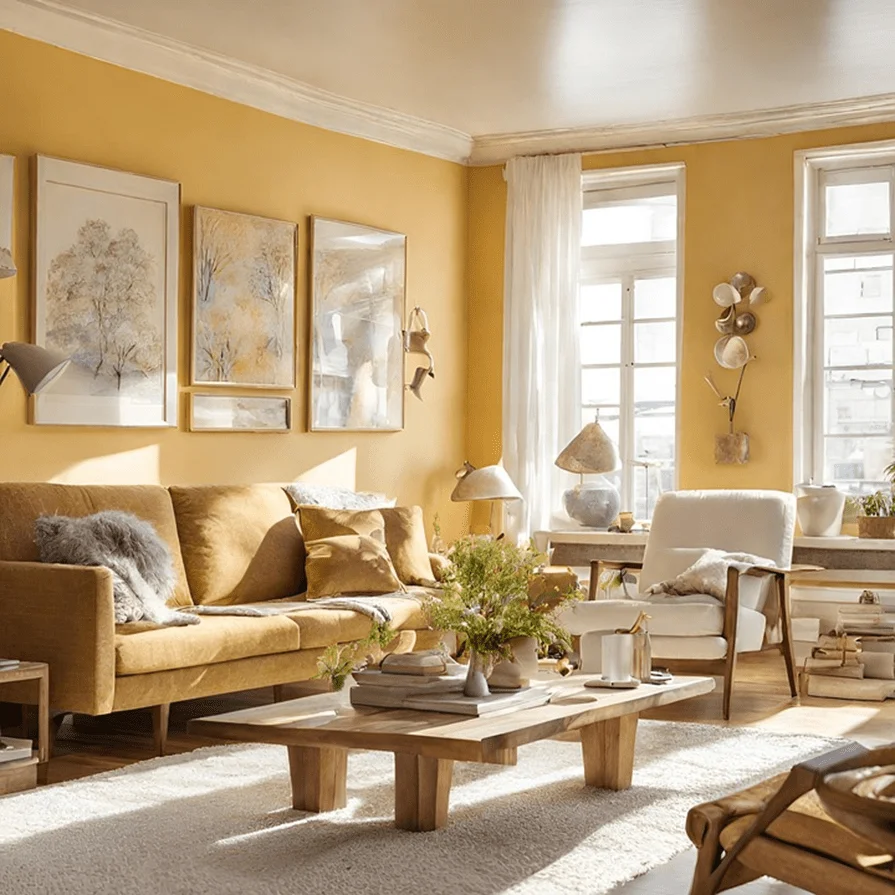
- Bedroom: Opt for calming colors like blues, lavenders, or soft greens to promote restful sleep and tranquility.
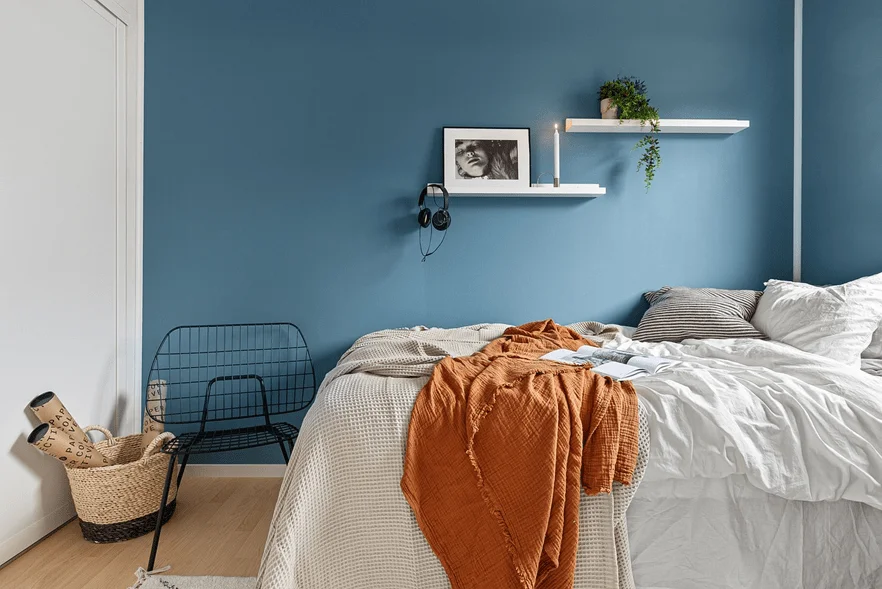
- Kitchen: Light and bright colors like whites, yellows, or light blues can create a sense of cleanliness and openness in your kitchen.
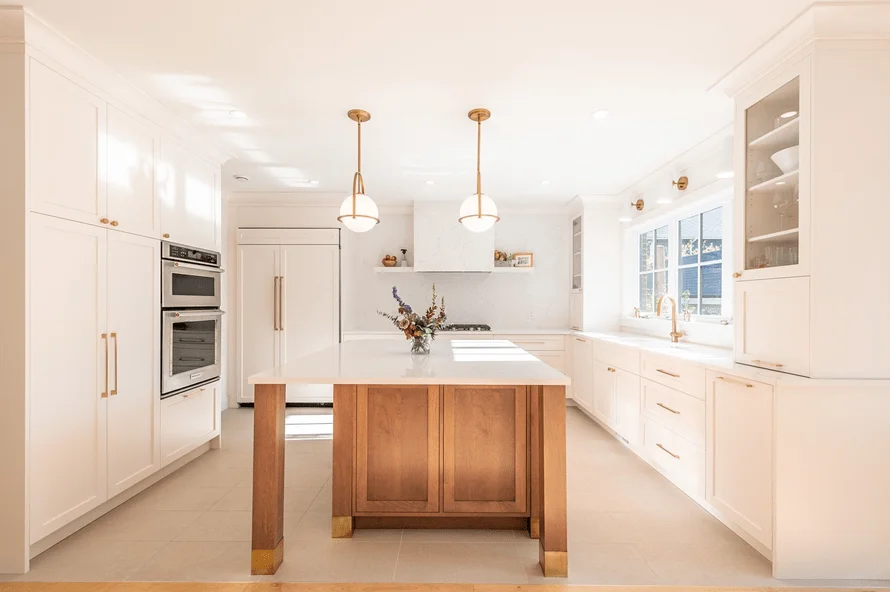
- Bathroom: Similar to the kitchen, light and airy colors like blues, greens, or grays work well in bathrooms. Consider pops of color with towels or bath mats.
Don't Forget the Power of Neutrals!
Neutral colors like white, beige, and gray can be the foundation of a beautiful and versatile color palette. They provide a clean backdrop for bolder accent colors and allow you to easily change your décor without repainting.
Putting it All Together: Tips for Bringing Your Palette to Life
Once you've chosen your color palette, here are some tips for using it effectively:
- Sample, Sample, Sample! Before committing to a full room repaint, test your color choices with paint samples on large poster boards. View the samples in different lighting conditions throughout the day.
- Consider Lighting: Natural and artificial light can significantly impact how colors appear. Pay attention to how the light interacts with your chosen colors throughout the day.

- The Rule of Three: Limit your color palette to three main colors (dominant, secondary, and accent) for a cohesive look. This doesn't include neutrals like white, black, or gray, which can be freely used alongside your chosen palette.
- Don't Be Afraid to Experiment! While color theory provides a helpful framework, there are no hard and fast rules. Trust your instincts and experiment with color combinations that resonate with you.
- Accessorize with Intention: Use throw pillows, artwork, rugs, and other accessories to incorporate your chosen color palette throughout the room. This creates visual interest and ties the space together.
Creating a Harmonious Home: Beyond Color
While color plays a significant role, creating a harmonious home extends beyond paint choices. Here are some additional tips:
- Consider Texture: Incorporating different textures like wood, woven fabrics, and plush rugs adds depth and visual interest to your space.
- Pattern Play: Patterns can add personality and visual interest. However, use them strategically to avoid overwhelming the space.
- Scale Matters: Pay attention to the scale of furniture and décor concerning the size of your room. Large-scale furniture in a small space feels overwhelming, while small furniture pieces get lost in a large room.
At ASK Design and Build, we are passionate about helping you create a home that reflects your unique style and personality. Our team of experienced designers will guide you through the color selection process and help you create a harmonious and inspiring space. Contact us today for a free consultation!
Your home is a haven, a reflection of you. Embrace the power of color and create a space that brings you joy and inspires you to live your best life.
